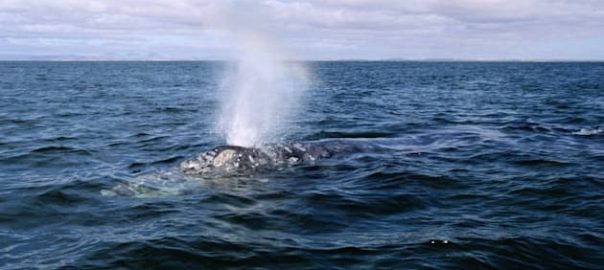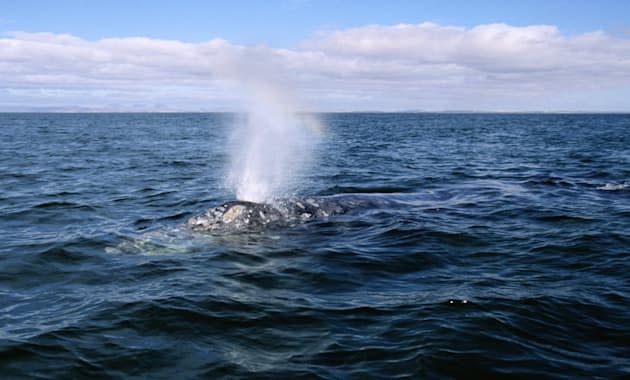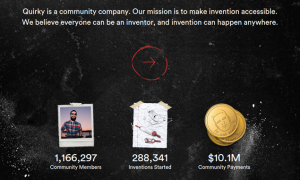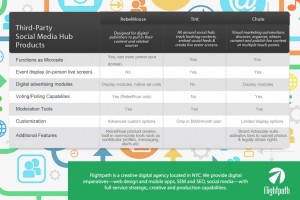Researchers seek permission to collect whale snot with drones (video)
Apparently, anayzing the mucus that lines a whale’s blowhorn can tell you a lot about the animal’s health — think of it as the cetacean equivalent to human bloodwork. The problem is, how do you collect snot from a massive animal that lives underwater? Over at the Olin College of Engineering, a group of researchers got together and came up with a tool to collect whale mucus: a flying drone they lovingly call Snot Bot. The robocopter hovers directly above whales’ blowholes, using surgical sponges to soak up the animals’ snot when they surface to spray water out of their systems. These researchers have been working on Snot Bot for years, but now they’re trying to urge the Federal Aviation Commission to give them permission to use it on real whales.
Along with whale conservation nonprofit Ocean Alliance, the team recently tested the drone in the Gulf of Mexico, using a giant inflatable catamaran in place of the real animal. The catamaran is equipped with sensors that mimic what real whales can feel and hear, and the researchers found that the fake whale could barely detect a drone hovering 10 feet above it. In order to get the permission they want, they’ll have to convince the FAA that the drones don’t disturb the whales or stress them out. Seeing as the agency’s been pretty strict these days, though, the team’s likely in for a tough time. In the event that they do succeed, Snot Bot can be used to monitor the stress levels (due to shipping noises, among other things) of our marine mammal pals and to understand them a lot better in general.
[Image credit: Getty Images]
(18)
Report Post









